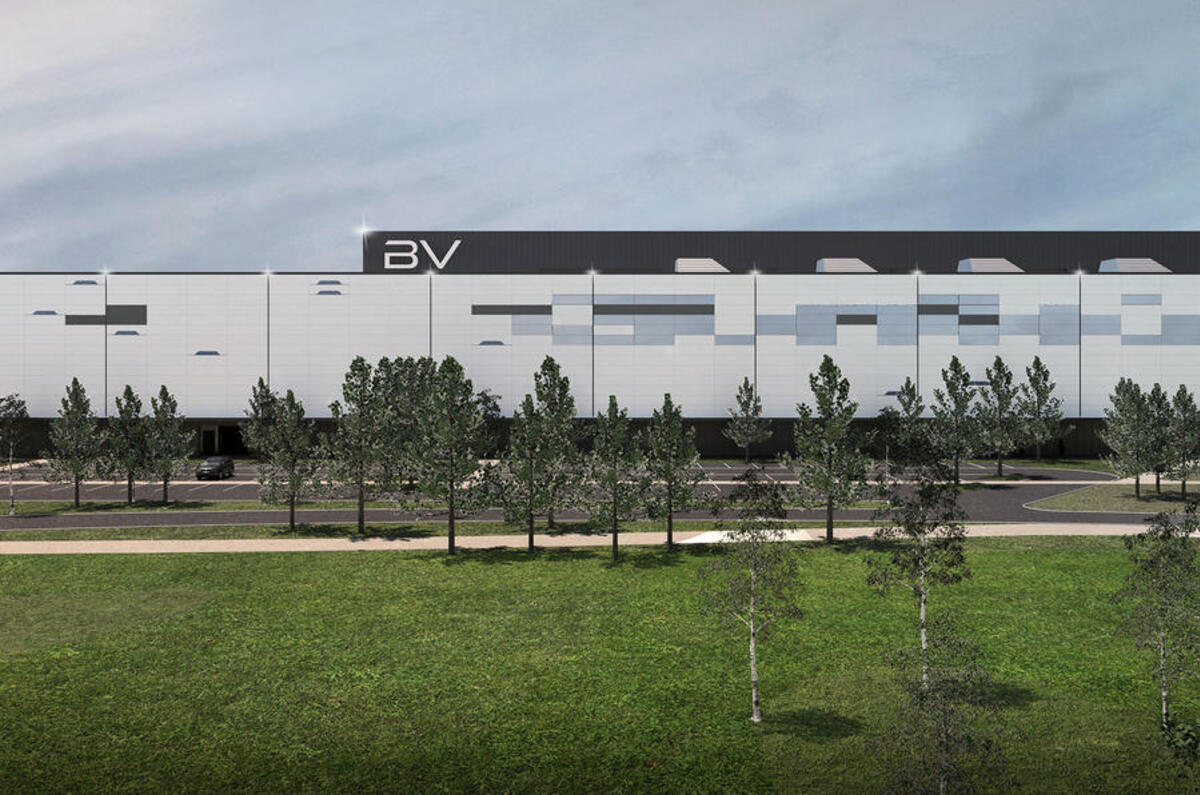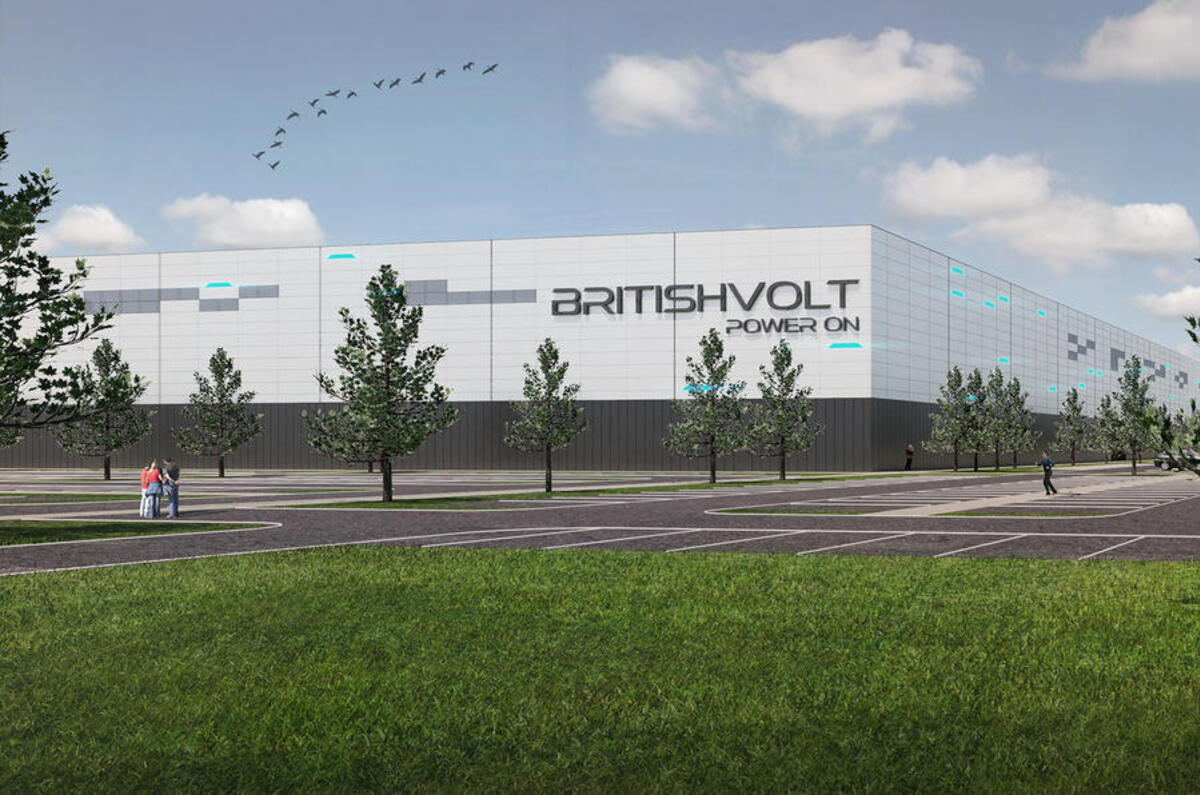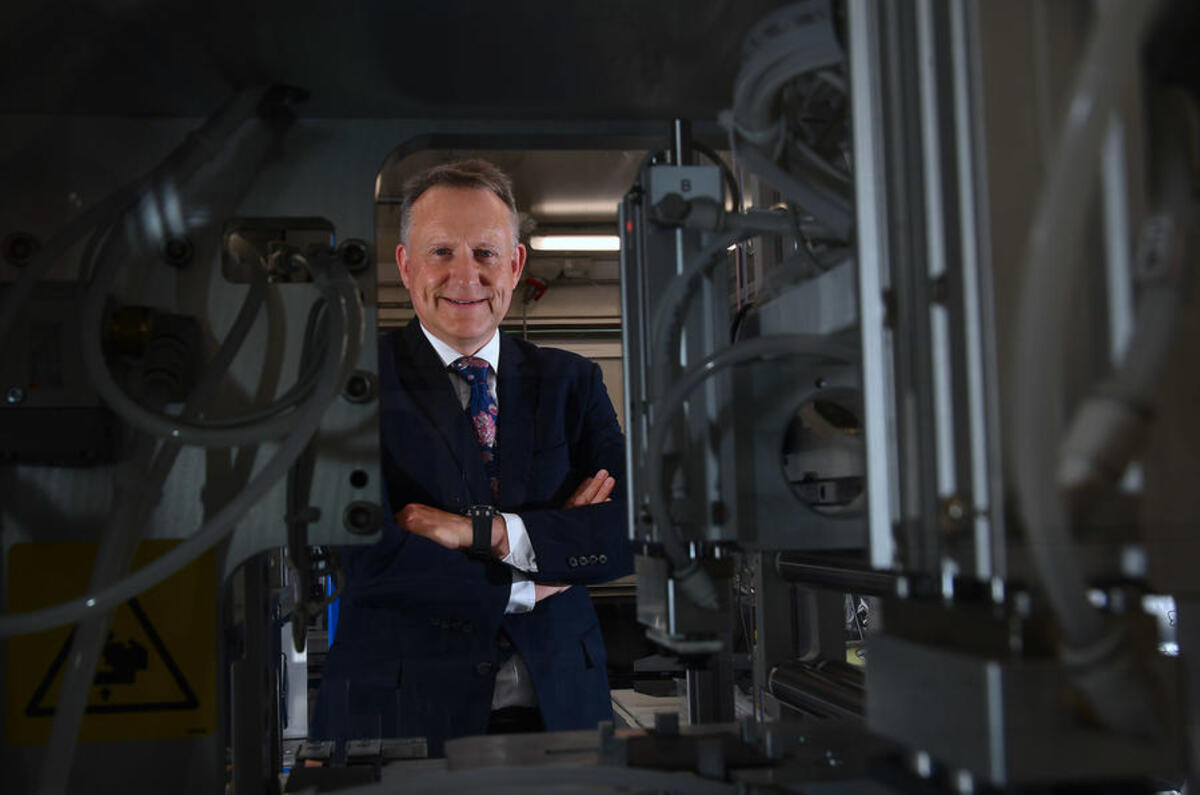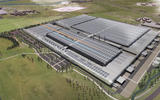Britishvolt will target performance car makers as well as commercial vehicle providers with two different battery chemistries from its site in Blyth, it has said.
The company’s ambitious plan to become Britain’s biggest automotive battery provider was given a significant boost after it attracted £1.7 billion of mostly private-equity funding to help fund construction of the giant plant, which is now on course to start production in 2024.
It so far hasn’t revealed exactly who its customers will be in the sports/performance and commercial spaces, but Lotus is reportedly one in the former camp investigating a partnership, while the Financial Times says potential partners include electric truck start-up Tevva, Lion Electric (a Canadian electric bus and truck maker, possibly looking to source from Britishvolt’s planned Canadian plant) and Canadian aircraft manufacturer Bombardier.
Nothing has yet been formalised, but Britishvolt has 29 “active engagements” with specialist customers, Graham Hoare, president of global operations and former head of Ford of Britain, told Autocar.
“We're exploring relationships with mainstream companies as well, but the bulk of efforts are in those two spaces,” he said.
For Autocar Business webinars and podcasts, visit Autocar Business Insight
Clearly Britishvolt is going to need volume customers to reach its claimed capacity goal of 48GWh by 2028, which would equate to 480,000 battery packs at 100KWh each. Even the first-phase plan of 11GHw is 110,000 vehicles, which is going to be tough when focusing on start-up companies or niche sports car makers.
“Those really premium brand volumes aren’t significant, but added together they're meaningful volume,” Hoare said.
Britishvolt is also looking beyond that. “The sports business is actually remarkably broad,” said Hoare, referencing BMW’s M Sport and Mercedes' AMG sub-brands as examples of where companies might want to fit a more expensive but more energy-dense and higher-performance battery instead of a cheaper mainstream version, much in the way that today an M car will have a straight six in place of a four-cylinder engine. “We offer something very differentiating."
The two battery types are both classed as lithium ion but are very different in composition. The sports car battery chemistry is NMC, standing for nickel, manganese and cobalt – a reference to the battery’s cathode material and by far the most expensive element. Britishvolt plans to use the 811 variant, named for being eight parts nickel, one part cobalt and one part manganese. High-nickel variants give longer range but are more expensive.















Join the debate
Add your comment
Terrific article, Nick. Even the FT hasn't revealed how thin BV's IP is. I've always suspected they will start as an integrator. Some fascinating phrases in here, like it working with the Faraday Institute but doesn't own any rights 'so far'. Surely, if it was going to, that would be baked into the contract? And 29 'active engagements' - rightly put in speach marks by yourself. Having worked in automotive innovation IR and coms for 30 years, I'm very familiar with how little 'active engagement' can mean when you are desperate to show investors, government and prospects that your business is on plan.
It would be interesting to ask Graham Hoare about their strategy for Rules of Origin, which must be both a challenge and an opportunity. Buying-in high-value components must help them flex to mach the requirements of customers here and in Europe.